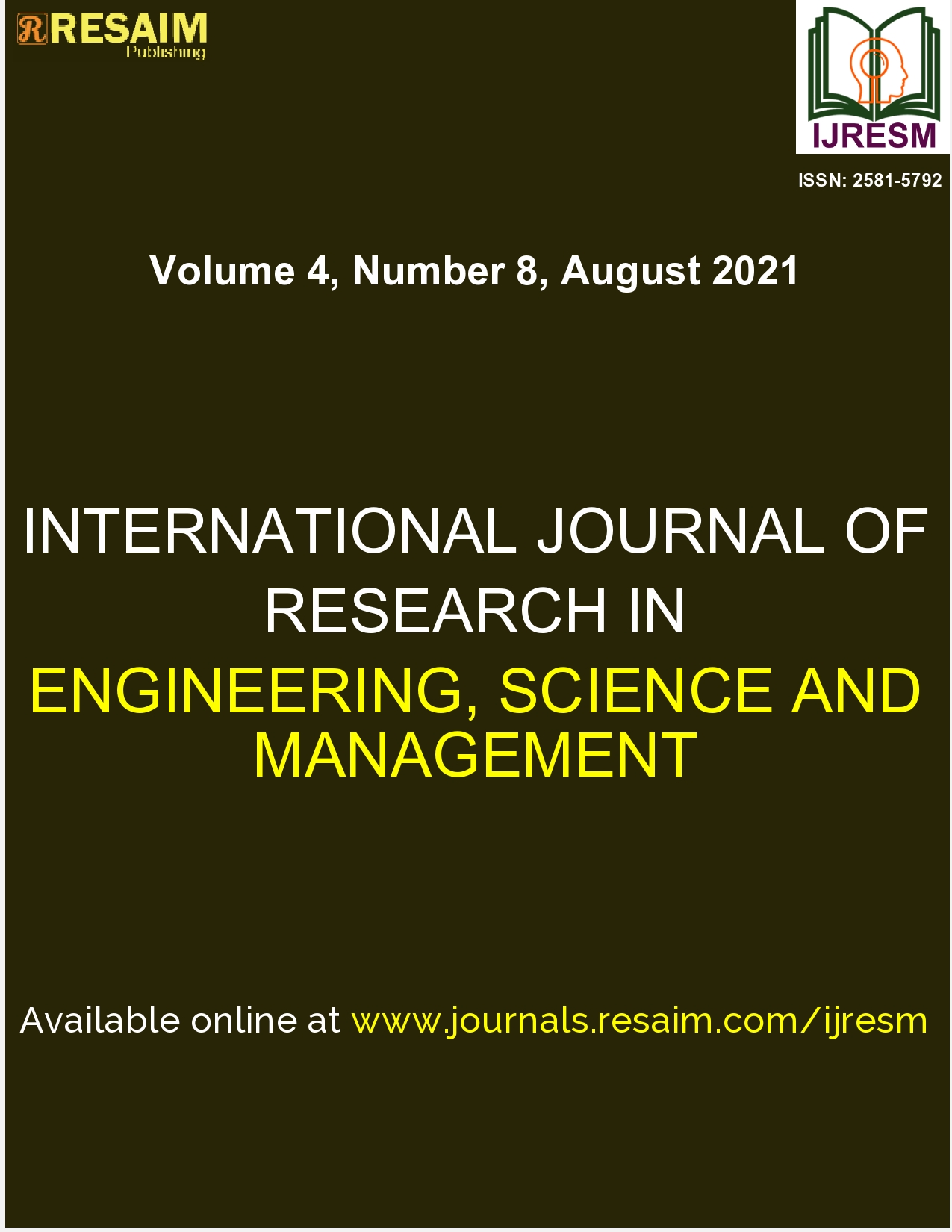Development of a Machine Learning Model for Envisaging Cirrhosis Mortality Outcomes
Keywords:
Python, Machine Learning, CirrhosisAbstract
Rapid, standardized, and reliable prognoses can help physicians assess and administer their patients' most desirable treatment plans. Machine learning models can aid the physician decision-making process and provide a less biased estimate of patient status, which is very useful in determining transplant eligibility. We created models using data from longitudinal studies mapping patient prognosis over ten years. These models served to answer two questions: (1) can survival time be precisely foretold using easily obtainable biological indicators (2) can we predict patient disease progression (status) using these indicators. We found that using features such as albumin, bilirubin, edema, and ascites, a stepwise fit model could significantly predict survival time with a correlation coefficient of 0.66. We also found that disease status could be predicted at a 76% accuracy using logistic regression, random forest, and support vector machine (SVM) methods. The random forest model performed best at predicting survival status, and our three classification models prioritized similar features as the linear regression and each other. These top features align with current prognostics, which use variations of bilirubin, alkaline phosphatase, stage, and albumin in their predictive models, therefore supporting our initial hypothesis. The fact that there is only a single point of data in one study limits it. More preliminary testing and data collection should be done for future directions so that this model can be used clinically.
Downloads
Downloads
Published
Issue
Section
License
Copyright (c) 2021 Qusai Onali, Om Brahmbhatt, Trupal Chaudhary

This work is licensed under a Creative Commons Attribution 4.0 International License.


